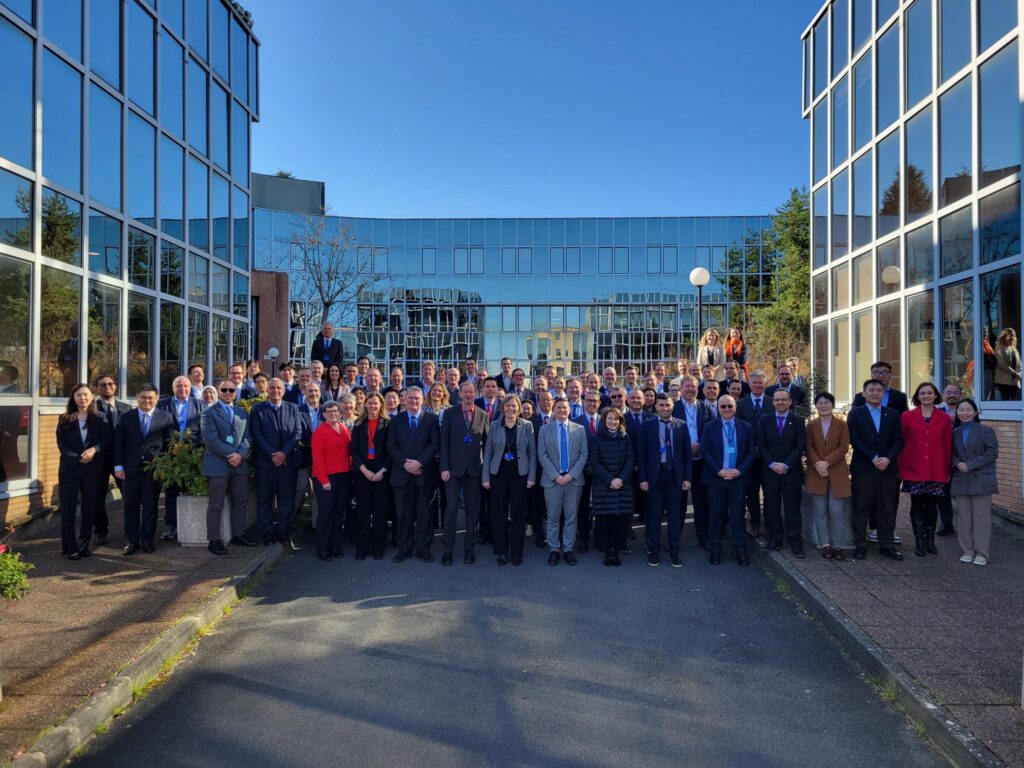IALA Committees – Experts at work
The IALA Committees are at the heart of the Organization. The IALA Council establishes a Committee when it considers that a subject or a technical matter, relevant to the aims of IALA, needs further study, clarification or discussion. The Committees constitute an international community of experts in a particular field, who prepare and review relevant IALA publications in accordance with the IALA work programme. They also continuously monitor specific developments; these can influence the guidance offered to the IALA membership and affect decisions made in the provision of aids to navigation. Committee meetings enable all members to share expertise and experiences and keep abreast of developments in their field. The Committees normally meet twice a year at the IALA Headquarters, Saint Germain en Laye, France. Often the work of different committees can overlap. The Policy Advisory Panel (PAP) has been created to ensure coordination and communication between committees. PAP comprises of the Chair and Vice-Chair of each committee, as well as key IALA Secretariat staff.
The working arrangements of the committees underwent modifications during the pandemic period, primarily with the adoption of hybrid meeting formats. This approach has since been incorporated into regular operations across all Committees. For the upcoming 2025-2027 Work Programme, the Committees intend to maintain continuity with established practices while ensuring alignment with the strategic vision approved by the General Assembly.

(*)The 78th session of the IALA Council approved the proposal to rename the ENAV committee as the DTEC committee.

